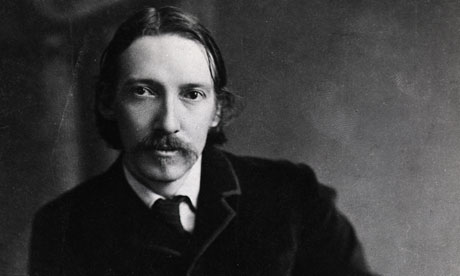Jorge Luis Borges inicia el relato con la siguiente frase: "El universo (que otros llaman la Biblioteca) se compone de un número indefinido, y tal vez infinito, de galerías hexagonales, con vastos pozos de ventilación en el medio, cercados por barandas bajísimas."
 El narrador relata su búsqueda de un libro específico, el "catálogo de catálogos" en una Biblioteca interminable. Algunos sugieren la existencia de ese libro cíclico, que es Dios. El narrador enumera dos axiomas: (1) La Biblioteca existe ab aeterno; (2) El número de símbolos ortográficos es veinticinco (la coma, el punto y las veintidós letras del alfabeto). En la Biblioteca, los libros tienen una naturaleza informe y caótica. Algunos devienen en laberintos y repeticiones. En una región, los bibliotecarios proponen que es inútil la búsqueda de un sentido en los libros, que "los libros nada significan en sí."
El narrador relata su búsqueda de un libro específico, el "catálogo de catálogos" en una Biblioteca interminable. Algunos sugieren la existencia de ese libro cíclico, que es Dios. El narrador enumera dos axiomas: (1) La Biblioteca existe ab aeterno; (2) El número de símbolos ortográficos es veinticinco (la coma, el punto y las veintidós letras del alfabeto). En la Biblioteca, los libros tienen una naturaleza informe y caótica. Algunos devienen en laberintos y repeticiones. En una región, los bibliotecarios proponen que es inútil la búsqueda de un sentido en los libros, que "los libros nada significan en sí."
Un bibliotecario de genio descubrió la ley fundamental de la Biblioteca. Aunque todos los libros constan de elementos iguales (los veinticinco símbolos ortográficos), "no hay, en la vasta Biblioteca, dos libros idénticos." Dedujo que la Biblioteca contiene todas las posibles combinaciones de los símbolos ortográficos, todo lo que se puede articular, en todos los idiomas. Esto llenó de felicidad a los hombres, pues al saber que la Biblioteca incluye todos los libros, no hay solución a un problema que no pueda encontrarse en algún hexágono (las posibilidades de la ciencia parecían ilimitadas). Muchos hombres buscaron su Vindicación. "Hace ya cuatro siglos que los hombres fatigan los hexágonos..."
Algunas preguntas relacionadas con el texto son:
(1) ¿Por qué Borges tituló este relato "La Biblioteca de Babel"? ¿Qué simboliza la Biblioteca? ¿Por qué la referencia a Babel?
(2) ¿Por qué aparecen continuamente la figura del espejo en los relatos de Borges?
(3) ¿Qué simbolizan los hexágonos?
(4) ¿Qué representa el "catálogo de catálogos"?
(5) En la cita: "La Biblioteca es una esfera cuyo centro cabal es cualquier hexágono, cuya circunferencia es inaccesible", ¿está planteando Borges el problema de la limitación al conocimiento?
(6) ¿Cómo puede interpretarse la frase: "El hombre, el imperfecto bibliotecario, puede ser obra del azar o de los demiurgos malévolos"?
(7) ¿Qué sugiere Borges al escribir: "la certidumbre de que todo está escrito nos anula o nos afantasma"? Si existe el libro total, ¿el hombre puede ser libre?
(9) Borges insinúa la solución al antiguo problema: "la Biblioteca es ilimitada y periódica". ¿Nos conduce esta solución al Orden derivado de la idea del eterno retorno?
(10) ¿Por qué se escriben ficciones?
El relato puede encontrarse aquí:




















